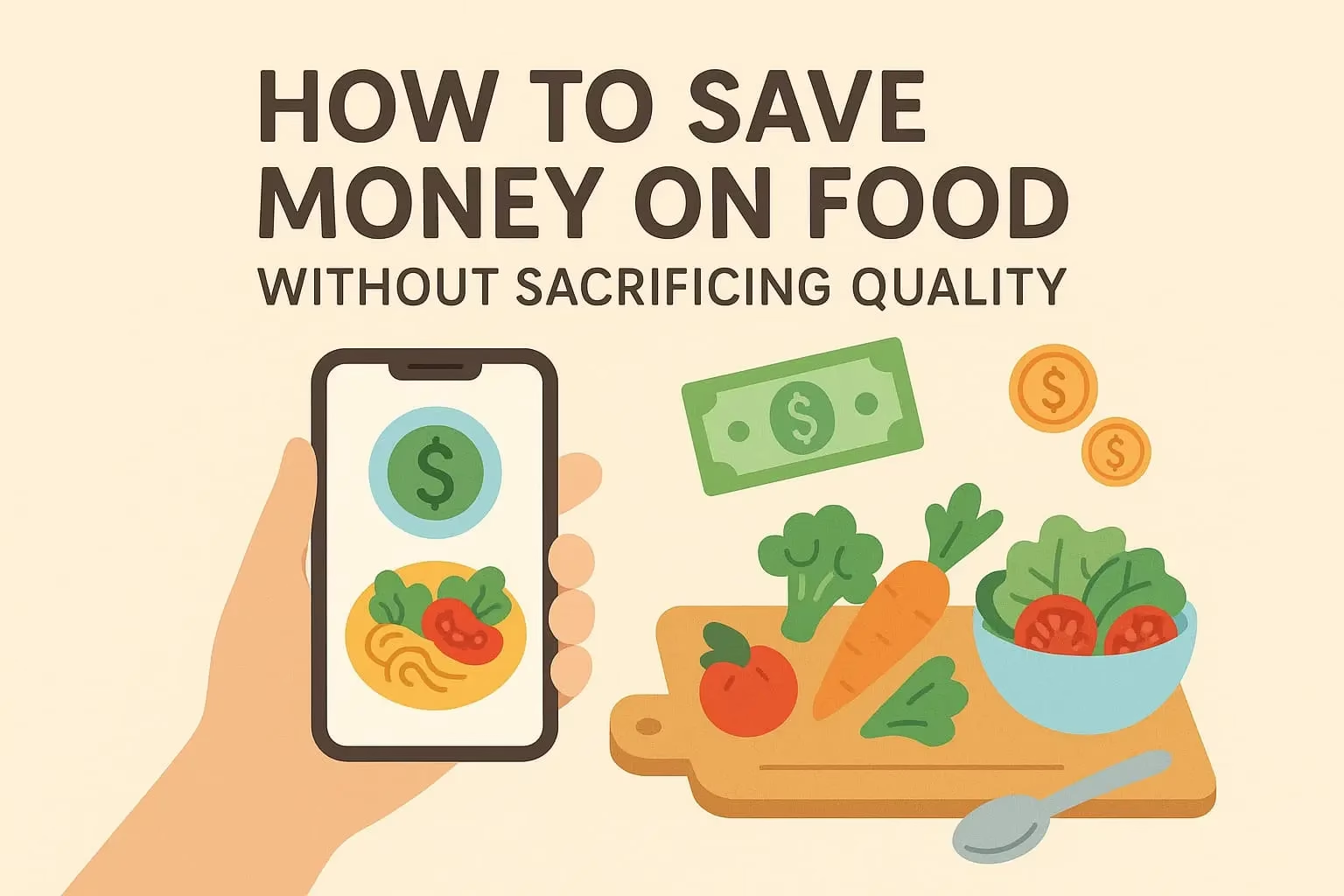Switching to a plant-based lifestyle can be exciting — but when you’re feeding a family, you might worry about picky eaters, mealtime battles, or making meals everyone enjoys.
The truth is: plant-based eating can be family-friendly, budget-friendly, and full of flavor. It just takes a little creativity, flexibility, and teamwork.
This guide will show you how to make plant-based meals that bring your family together — not push them apart.
Why Families Thrive on Plant-Based Meals
- Meals are centered on whole, real food
- It’s easy to prep meals in bulk
- Kids learn to love fruits, vegetables, and healthy habits early
- Everyone gets more fiber, vitamins, and minerals
- You reduce grocery costs by skipping meat and processed snacks
Plus, mealtime becomes a chance to connect, explore new foods, and build better health together.
1. Don’t Announce a “Big Change”
Instead of saying,
“We’re going vegan now!”
Try easing into it:
- Add more plant-based meals during the week
- Reduce meat and dairy slowly (Meatless Mondays, for example)
- Highlight delicious meals without labeling them
- Focus on how the food tastes, not what it doesn’t include
Less pressure = more open minds.
2. Focus on Familiar, Comforting Dishes
No need to reinvent the wheel — just make small swaps in the meals your family already loves.
Family favorites made plant-based:
- 🍝 Spaghetti with lentil or mushroom Bolognese
- 🌮 Tacos with beans, tofu, or lentils
- 🍔 Veggie burgers with baked fries
- 🍛 Coconut curry with rice and veggies
- 🥣 Chili with black beans and sweet potatoes
- 🥪 Grilled veggie or hummus sandwiches
- 🍕 Homemade pizza with veggies and vegan cheese
Comfort + flavor = happy family.
3. Let Everyone Participate
Kids and adults are more likely to eat a meal they helped make.
Get the family involved:
- Let kids pick recipes or ingredients
- Assign small tasks (washing, mixing, setting the table)
- Build “bar” meals: taco bar, bowl bar, salad bar
- Do taste tests with new fruits or veggies
- Encourage “build-your-own” meals
Teamwork turns picky eaters into curious eaters.
4. Use Fun, Creative Names for Foods
Make meals more playful and inviting, especially for kids.
- “Superpower pasta” (with lentils and spinach)
- “Rainbow bowl” (with colorful veggies)
- “Monster mash” (mashed sweet potato and beans)
- “Sunshine smoothie” (with mango and banana)
- “Build-a-burrito night” (everyone gets to create)
Food should feel fun — not forced.
5. Keep Snacks Simple and Tasty
Having healthy snacks on hand keeps energy up and reduces whining (for both kids and adults 😄).
Easy plant-based snacks:
- Apple slices with peanut butter
- Hummus and carrots
- Trail mix with dried fruit and seeds
- Chia pudding with berries
- Smoothies
- Homemade granola bars or muffins
- Popcorn with nutritional yeast
Tip: Prep snacks in batches for the week.
6. Be Patient with New Foods
Most kids need to see or try a new food 10–15 times before they accept it. That’s normal!
Strategies:
- Keep offering without pressure
- Pair new foods with favorites
- Let them explore with smell, touch, or tiny bites
- Never force a “clean plate”
Celebrate effort, not just outcomes.
7. Plan for Special Occasions and School Lunches
Birthdays, school events, and parties don’t have to derail your goals.
Try:
- Homemade plant-based cupcakes or brownies
- Nut-free energy bites for school
- Sandwiches, wraps, fruit, and popcorn for lunchboxes
- Talk with teachers or event hosts about options
- Offer to bring a plant-based dish everyone can enjoy
Inclusion beats restriction every time.
8. Focus on Progress — Not Perfection
It’s okay if your family isn’t 100% plant-based all the time.
- Aim for more plants, not perfection
- Celebrate small wins (trying a new veggie, cooking together)
- Keep learning and adapting as a family
- Don’t shame or pressure — lead with love and consistency
This is a journey, not a contest.
Final Thoughts: Food Is Family Fuel
Plant-based eating can be one of the best decisions for your family’s health — but only if it’s enjoyable, flexible, and realistic.
Start small, cook together, make it fun, and focus on what you’re adding — not taking away. The kitchen becomes more than just a place to eat… it becomes a place to grow, learn, and connect.






